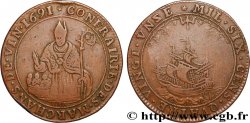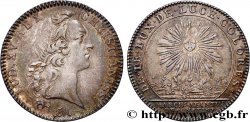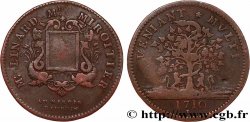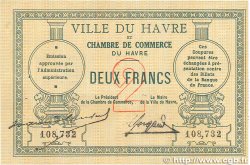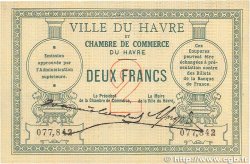fjt_744757 - CORPORATIONS Les marchands drapiers 1656
20.00 €(Approx. 23.60$ | 17.40£)
Quantity
Add to your cart

Type : Les marchands drapiers
Date: 1656
Metal : brass
Diameter : 27,5 mm
Orientation dies : 6 h.
Weight : 7,59 g.
Edge : lisse
Rarity : R1
Coments on the condition:
nettoyé
Catalogue references :
Predigree :
Exemplaire provenant de la Collection MARINECHE
Obverse
Obverse legend : EX. FLVMINE. VIRES.
Obverse description : Le Navire des Drapiers allant à gauche, poussé par le vent.
Obverse translation : Ses forces viennent des flots.
Reverse
Reverse legend : MENS. OMNIBVS. VNA ; À L'EXERGUE : 1656.
Reverse description : Une ruche et son essaim.
Reverse translation : Un seul esprit pour tous.
Commentary
Sur les armes des corporations, le nombre des navires correspond au rang de la communauté dans la hiérarchie des métiers. Le rôle du marchand drapier était d'étudier le goût, les demandes de ses clients et de les transmettre au fabricant. Le corps des drapiers avait seul le droit de vendre en gros et en détail, en magasin et en boutique, toutes sortes de draperies de laine et de soie.
On the arms of the corporations, the number of ships corresponds to the rank of the community in the hierarchy of trades. The role of the merchant clothier was to study the taste, the requests of his customers and to transmit them to the manufacturer. The corps des drapiers alone had the right to sell wholesale and retail, in stores and in boutiques, all kinds of woolen and silk draperies.
On the arms of the corporations, the number of ships corresponds to the rank of the community in the hierarchy of trades. The role of the merchant clothier was to study the taste, the requests of his customers and to transmit them to the manufacturer. The corps des drapiers alone had the right to sell wholesale and retail, in stores and in boutiques, all kinds of woolen and silk draperies.







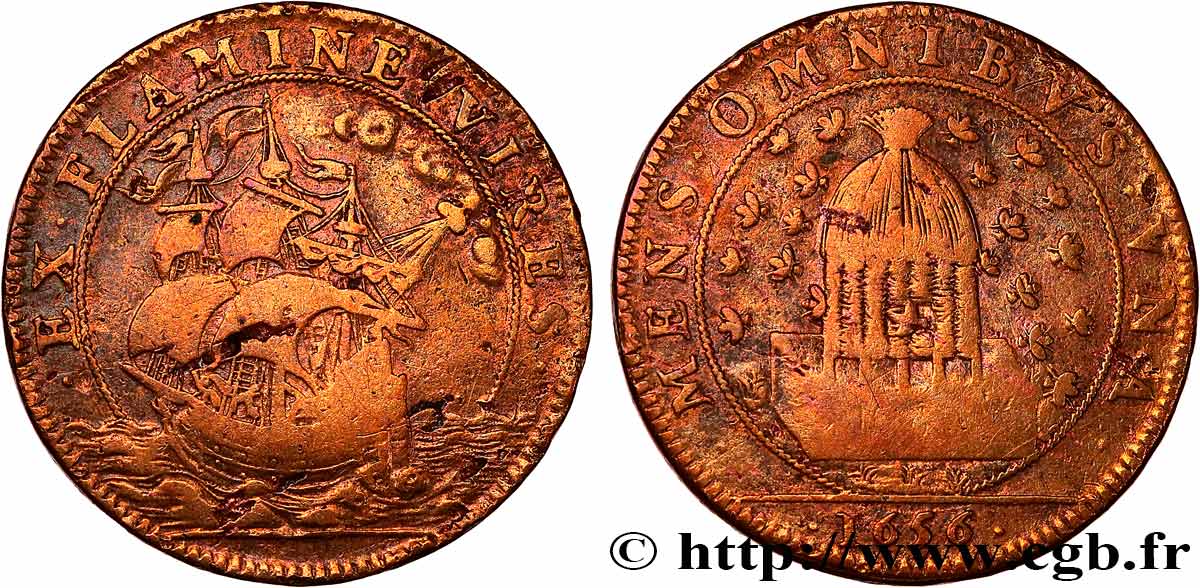
 Report a mistake
Report a mistake Print the page
Print the page Share my selection
Share my selection Ask a question
Ask a question Consign / sell
Consign / sell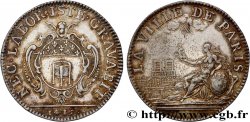
 Full data
Full data

